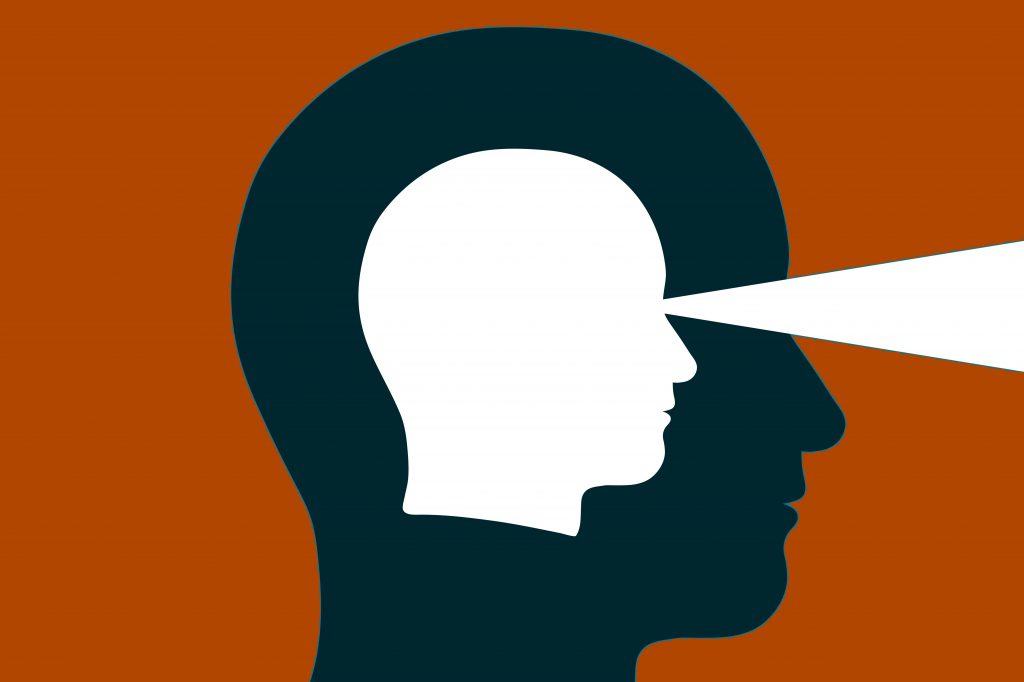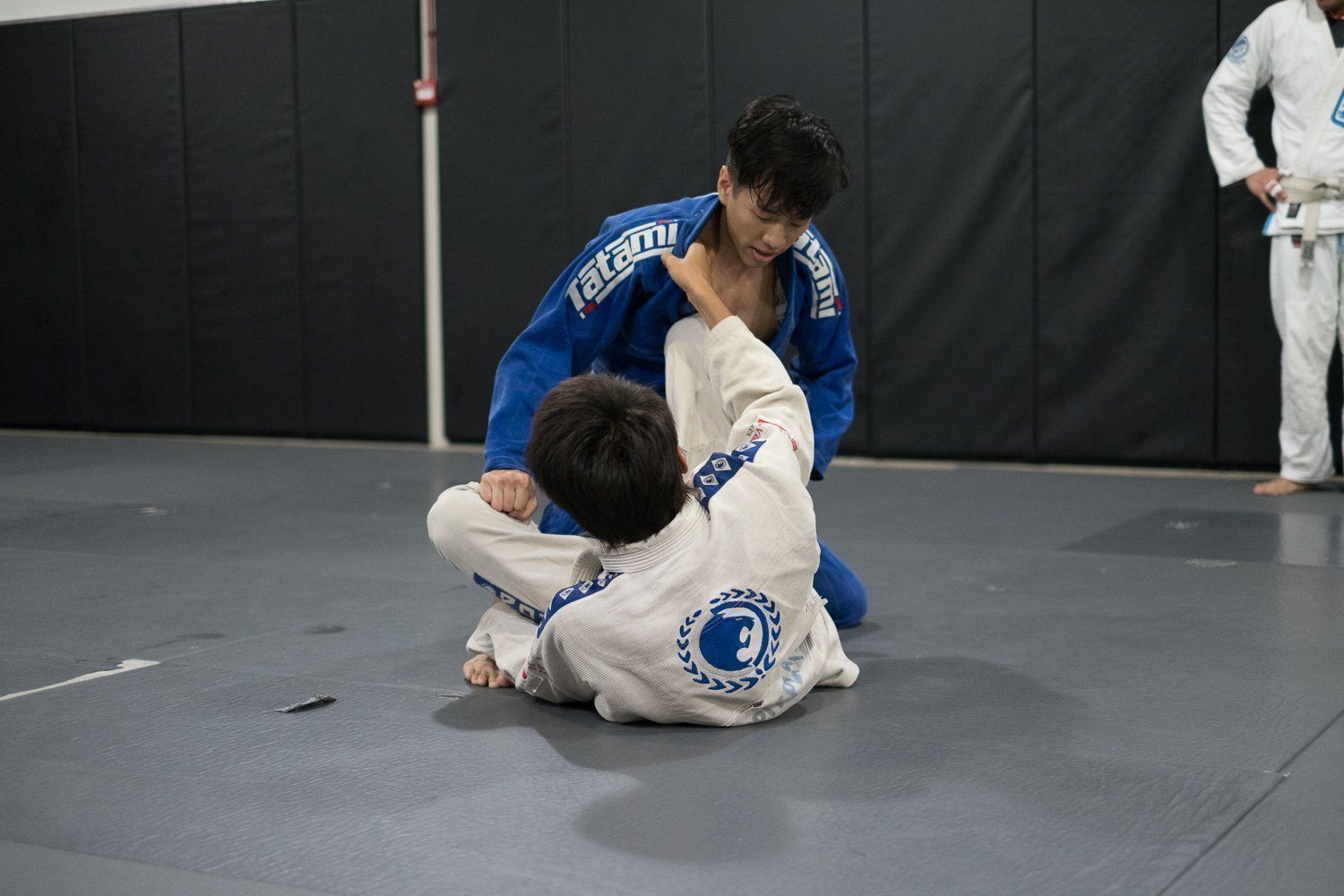https://m.facebook.com/story.php?story_fbid=1906791856018647&id=769958606368650
Some elements worth noting:
1. The fight is linear and symmetrical, not circular or asymmetrical. (“agreed-upon” violence) Footwork is all forward and back, not lateral or circular. (possibly as circular wasn’t needed due to the vast expanse of space and they intuitively knew this – they had a fencing strip in length)
2. The shuffle step, not the vaunted v-stepping everyone preaches, is instinctively used.
3. For dueling, the weapon hand predominantly leads…again instinctively…to have weapon protect body, not other way around. (In fact, it was the backhand cut attempt that got him caught, as it presents both a telegraphing/timing ratio problem from the elbow, and a target-proximity one)
4. Due to the ergonomics of the machete (not a pure cutting/slicing tool but an inevitably impact one with cutting power – hacking, not cutting), notice the elastic recoil on the striking: like a whip, the motions maximize the impact of the tip/head. The misnomer is that one telegraphs strikes this way but, due to the dramatic mid-strike increase in speed, simply not true and irrelevant. (as with the low-line sucker punch that so many martial artists make fun of, but lands with regularity in the really-real world)
5. Here is a good example of the FMA defanging-the-snake theory and bio-mechanical cutting….rarities, if we’re being honest….but present. The cut to the arm’s extensor tendons on the outside of the forearm inevitably terminated the confrontation. (Noting that, again, this is an agreed-upon duel, not an ambush, which presents another set of problems to solve entirely)
6. Regardless of what the majority of instructors will tell you about what these 2 did wrong, this WAS a real machete fight, not a theoretical one. No grand movements were made, no dojo-successful techniques, no catch-all universal conceptual ideas…just subtle body evasions under heavy (the heaviest) duress. All else is moot. Reality dictates and provides valuable case study, not bullshit to pick apart for stylistic/systematic theory.
Credit to Michael & Real Violence for Knowledge for the video











